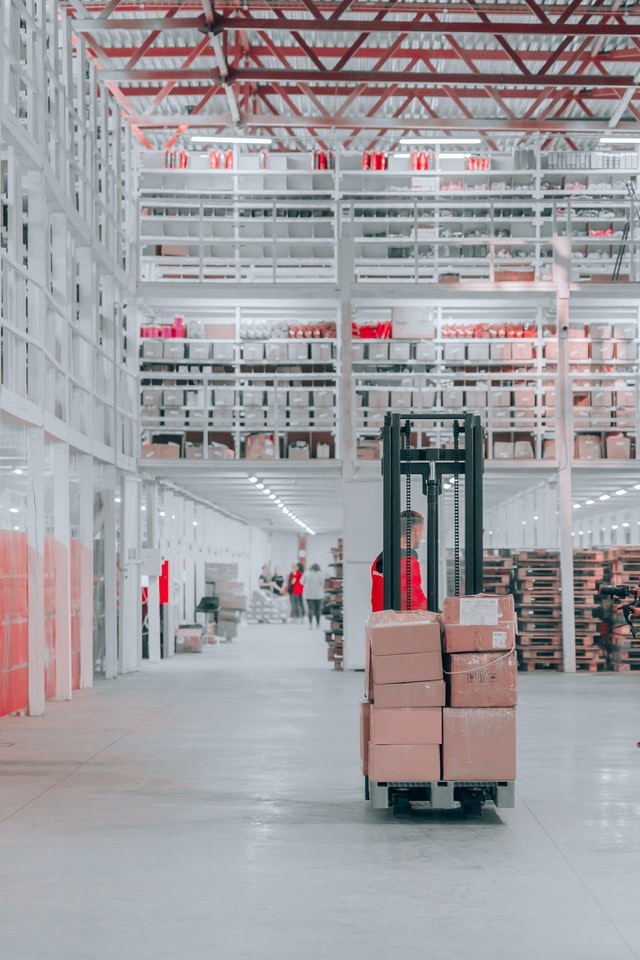
In the FMCG industry, case-pack quantity continues to be an area of conflict for retailers and suppliers. Retailers prefer smaller case-pack quantities because of low-shelf stocks, whereas suppliers go for large case-pack quantities because it gives them more shelf space and lowers packaging costs.
The effects of case-pack quantity
The case-pack quantity could have a significant impact on the costs, shelf inventory, and profitability of the entire supply chain. A large case-pack quantity is more cost-efficient for suppliers because handling costs and box prices are lower per customer unit. Cost-efficiency is an important factor in the preference of suppliers for larger case-pack quantities.
For retailers, handling costs are reduced with larger case-pack quantities. It also involves lower order-picking costs and shelf-filling costs per consumer item. As such, retailers prefer larger case-pack quantities for fast-moving items and smaller case-pack quantities for slow-moving items.
The case-pack quantity of a product could have several effects, including:
- Box prices
- Handling costs for both suppliers and retailers
- Store order quantities and delivery quantities
- Store shelf inventory costs
- Store shelf profitability
- Store opportunity and assortment costs
- Weight per case
Retailers that run larger stores usually prefer larger case-pack quantities because they generate adequate sales per product per store. However, small store owners usually go for smaller case-pack quantities because they usually have lower sales in comparison.
When it comes to warehouses, the case-pack quantity is also the minimum order quantity. Through computer-assisted ordering, order costs for retailers are constantly being lowered, which is why order costs are not a critical factor in determining case-pack quantity.
When you have larger case-pack quantities, you also need larger shelf stocks and, therefore, higher shelf-keeping costs. It is especially significant for slow-moving articles with a higher order frequency. Suppliers typically make strategic use of this effect to acquire more shelf space and higher visibility in retail stores.
Crate packing
In the FMCG industry, sometimes retailers do not order multiple SKUs, that is, they do not order the entire case. Even then, CPG companies are expected to pack loose items in creates. Crate packing is a containerization problem. Without crate packing, delivery teams would need to spend a significant amount of time unpacking delivery items at delivery locations. This ultimately slows down the overall delivery efficiency.
Case-pack quantity implications for retailers
Slow-moving items could be a problem for retailers if they are in large case-pack quantities. Of course, higher sales could be an answer to the problem. Besides sales, other solutions include:
Demanding a smaller case-pack quantity from suppliers
Demanding a smaller case-pack quantity, especially for slow-moving articles, can be quite cost-efficient for retailers. However, suppliers may argue that changing the case-pack quantity for just one retailer could prove expensive. However, if several retailers work together, it could become an equally cost-efficient solution for suppliers as well.
Suppliers could also say that smaller case-pack quantities could decrease the number of facings and, therefore, the visibility of the brand in question. The additional space left empty could also be filled by competitor brands. If retailers agree to fill the additional space with products from the same brand and supplier, the supplier would be incentivized to offer a smaller case pack.
Refusing slow-moving items in large case-pack quantities
If a supplier refuses to offer smaller case-pack quantities, retailers have the option of choosing another supplier who matches their requirements. Doing so will give retailers greater leverage, and suppliers would need to be more mindful of the case-pack quantity and the potential distribution of its brands.
Breaking down the case into smaller units at the warehouse
Breaking down cases into smaller units can be an expensive option, but it is mostly done for items with limited conservation times, such as fresh deserts or expensive cosmetics. In such cases, retailers may choose to change order quantities and also deliver single items in crates to stores.
Storing redundant items in the back room of the store
This is not the best alternative. Storing slow-moving items elsewhere in the store can be difficult for optimizing inventory and also introduces extra handling costs.
Increasing the number of facings for slow-moving items
Increasing the number of facings for slow-moving items can be quite expensive as it increases opportunity costs. Every extra facing that you put on a shelf reduces the space for other products on the shelf. When you have multiple slow-moving items, it can decrease stock turns and also run the risk of the product becoming obsolete. This is a feasible option only if products generate absolute high gross margins and also if extra facings generate more sales for the product.
If your FMCG business would like to better understand case and crate complexity, get in touch with the experts at Mojro today.
Popular search: cartonization in warehouse management, logistics optimization in fmcg, fmcg distributor management, retail and logistics management, logistics software, types of logistics management, logistics optimization software, ecommerce logistics and shipping software solution, ecommerce logistics shipping software, logistics planning and management services